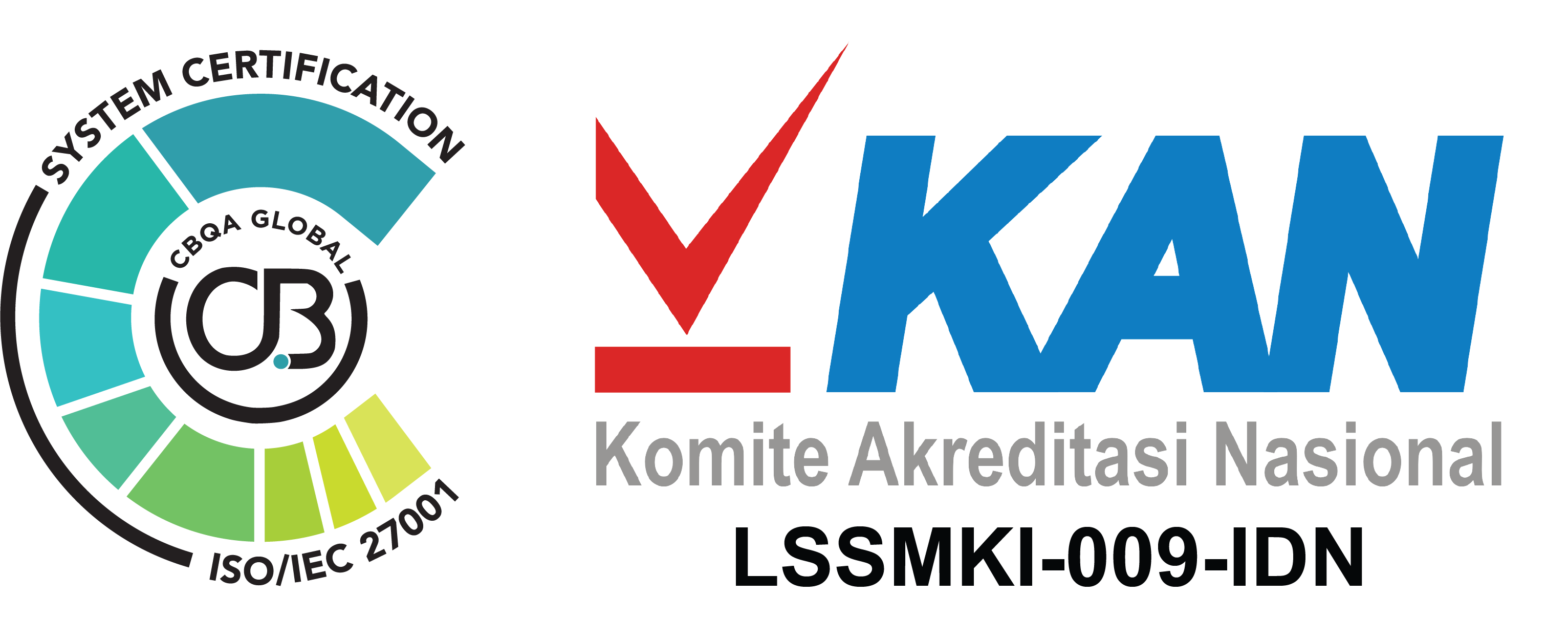Wall Street finished in a negative territory on Wednesday (02/08/23), with the S&P 500 and Nasdaq Composite down for a second straight day as investors took profits on five months of gains a day after rating agency Fitch cut the U.S. government’s credit rating. Fitch downgraded the United States to AA+ from AAA late on Tuesday, citing expected fiscal deterioration over the next three years as well as growing government debt. Fitch was the second major agency to cut the country’s rating. In 2011 Standard & Poor’s stripped the country of its triple-A grade. Reaction to the news pushed major indexes lower, with the S&P 500 recording its biggest daily percentage drop since April 25. It was also the first session since May 23 in which the benchmark declined by more than 1%. Meanwhile, the Nasdaq led the weakness by falling 2.17%. On the other hand, several major brokerages said the downgrade was unlikely to result in a sustained drag on US financial markets, noting the economy was now stronger than it was when S&P cut its rating in 2011. However, with markets entering a seasonally slow August, the Fitch downgrade offered an opportunity for investors to take a break from trading/market activities. The technology index, dropping 2.6%, was also the worst performer of the 11 major S&P sectors, with nine in total dragging the index lower. Meanwhile, the ADP Nonfarm Employment Change (July) report showed that private sector employment rose further than expected in July to 324k (versus a forecast of 189k). Despite the tougher-than-expected private jobs report, some economists believe that the labor market is already slowing down as an effect of the Federal Reserve’s upward trend in interest rates. In a way, the continued resilience of the labor market may also protect the economy from recession. Despite lingering recession fears, American companies continue to perform well. Almost 80% of S&P 500 issuers have reported earnings above analysts’ expectations, as reported by Refinitiv data; which also states that this puts 2Q23 on track for the highest level of earnings since the third quarter of 2021. Crude oil prices fell more than 2% on Wednesday as markets staged significant profit-taking for the first time since the oil’s five-week rally began. Interestingly, the slump in prices came on a day when the U.S. Energy Information Administration, or EIA, reported an unexpectedly larger-than-expected drop in weekly U.S. crude stockpiles on Wednesday; down 17.049 million barrels during the week ended July 28, versus expectations of a drop of only 1.367 million and the previous week’s decline of only 0.6 million barrels. A story is circulating in the market that the Saudis may be secretly selling additional oil to the PNZ, or Partitioned Neutral Zone, a region jointly administered with Kuwait where it escapes the wider market radar. As for US West Texas Intermediate, or WTI, finished Wednesday’s trading down by 2.3%, putting the price at USD 79.49 per barrel; it was the biggest daily price drop since a 4.4% decline on June 12 that pushed WTI to USD 66.80 per barrel – just before a 5-week rally that gave a return of almost 16% for July.
Similarly, the JCI closed down minus 44.86 points / -0.65% to 6886.5 accompanied by IDR283..61 billion foreign net sell (RG market); but still put their YTD long position safely at IDR14.61 trillion (RG market). Market participants were allegedly digesting the economic data release of Inflation and S&P Global Indonesia Manufacturing PMI which rose to 53.3 in July, from 52.5 in June; representing 23 consecutive months of expansionary growth in manufacturing activity. Considering the existing regional market sentiment, NHKSI RESEARCH expects further consolidation to still prevail in the Indonesian capital market today. Investors/traders are advised to maintain a HOLD position; or WAIT & SEE while gradually reducing position and wait for JCI to land on solid support to grasp BUY ON WEAKNESS opportunity again. Later in the afternoon, the world will be watching the Bank of England’s interest rate decision which is expected to rise 25bps to 5.25%. Later in the evening, market participants will focus on US Initial Jobless Claims, S&P Global Composite (July), Factory Orders (June), and US ISM Non-Manufacturing PMI (July) data.
Download full report HERE.

